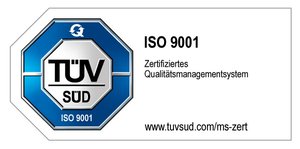MSA
MSA stands for "Measurement System Analysis" and refers to a method for evaluating the ability of a measurement system to make accurate and repeatable measurements. An MSA can be performed to determine the reliability and accuracy of measurements made in production, quality control, or research and development.
During an MSA, various aspects of the measurement system can be evaluated, such as the stability and linearity of the measurement device, the repeatability and reproducibility of measurements, and the effects of environmental conditions such as temperature and humidity on measurements. An MSA can help identify and correct measurement problems to ensure that measurements are reliable and consistent.
We find the perfect solution for your project.
Contact us if you have questions to our services in the area of 3D metrology. We are looking forward supporting you in your success.



